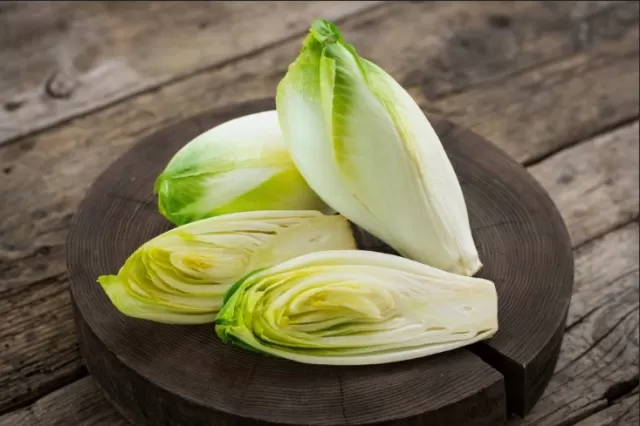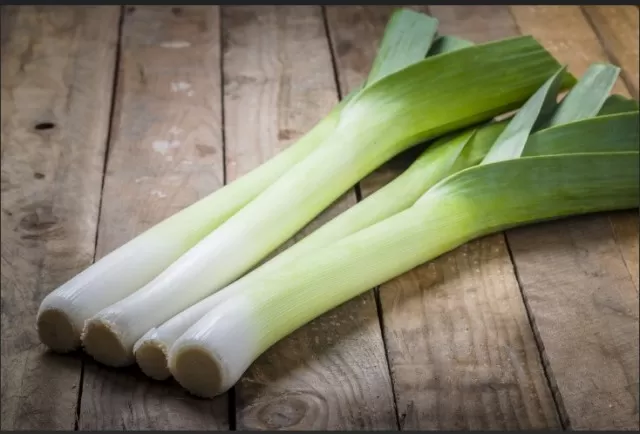Cold-Resilient Fall Garden Veggies for Thriving Crops. Give your garden a vibrant boost and extend its growing season by introducing cool-season vegetables. These hardy edibles not only endure the cold but thrive in it, often performing better in lower temperatures than in the heat of summer. By choosing vegetables that can withstand chilly weather and even frost, you can continue to enjoy homegrown produce throughout the fall and winter. What’s more, these cold-tolerant crops are less likely to fall victim to troublesome pests. To keep your Vegetable Garden flourishing as the mercury drops, consider planting some of these recommended fall vegetables, as advised by gardening experts.
Unveiling the Beauty of Radicchio: A Chicory of Cool Seasons

Radicchio, scientifically named Cichorium intybus, belongs to the chicory family, making it a notable cool-season vegetable cherished for its distinctive leafy heads.
Numerous radicchio varieties rely on cooler temperatures to trigger the development of their characteristic heads. To coax this delightful vegetable into forming its unique features, one can extend its time in the ground, allowing it to experience the cold conditions necessary for head development, even after the initial frost date has passed.
This patience and care in cultivating radicchio ensure a flavorful and visually striking addition to your garden and culinary creations.
Endive: A Hardy, Curly Delight for Cool Seasons
Endive, scientifically named Cichorium endivia, stands as a resilient annual vegetable distinguished by its elegantly curled and finely cut leaves.
This cool-season gem finds its prime growing conditions in milder temperatures and doesn’t fare well in the heat, necessitating its cultivation as a fall crop. After around 85 days of careful nurturing, the blanched heads of endive reach their peak of development. At this stage, it’s time to harvest these delectable greens by cutting the plants at ground level, ensuring the freshest and most flavorful addition to your culinary creations.
Bok Choy: Swift Maturation and the Cool Embrace of Fall

Bok choy, scientifically known as Brassica rapa chinensis, is a fast-growing delight that can be collected before it even starts forming heads.
Although certain bok choy varieties can endure higher temperatures, this plant thrives when it can bask in the cooler ambiance of the fall season. Exposure to extreme heat may result in narrower leaves and less densely packed heads, so planting and harvesting in the more temperate conditions of autumn often yields the most satisfying and lush bok choy produce.
Leeks: Patient Perennials with Varied Timelines

Leeks, with their wide array of varieties, typically require a longer growing period, usually spanning about 120 to 150 days before they reach their full maturity. This patient cultivation process yields leeks with exceptional flavor and texture.
However, modern breeding efforts have led to the development of quicker-growing cultivars that can reach their prime in as little as 90 days. These shorter-maturing leeks provide gardeners with the advantage of a faster harvest while still enjoying the unique taste and culinary versatility of this vegetable.
One of the remarkable features of leeks is their remarkable resilience to cold weather. Unlike some other crops that can be sensitive to frost, leeks can withstand chilly temperatures. This adaptability gives growers the option to leave them in the ground even after the arrival of the first frosts. In fact, some gardeners prefer to do so, as leeks tend to become sweeter and more flavorful as they experience the cold.
The ability to delay the harvest of leeks until the winter season sets in allows for a continuous supply of this delectable vegetable. This means that gardeners can savor the unique, mild onion flavor of leeks in various culinary creations throughout the colder months, making them a valued addition to the winter garden and the hearty dishes that warm the soul during the chill of the season.
*The information is for reference only.